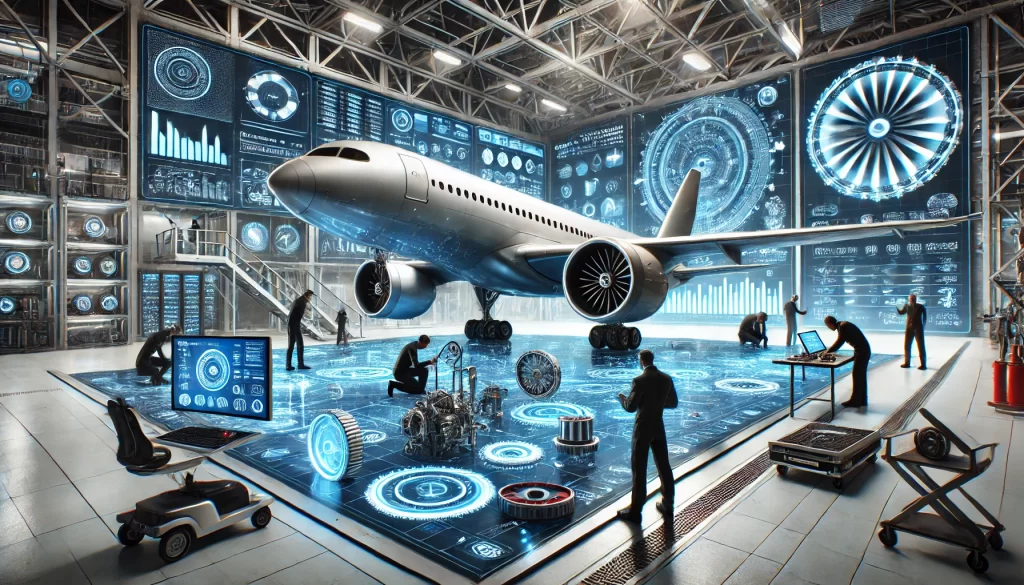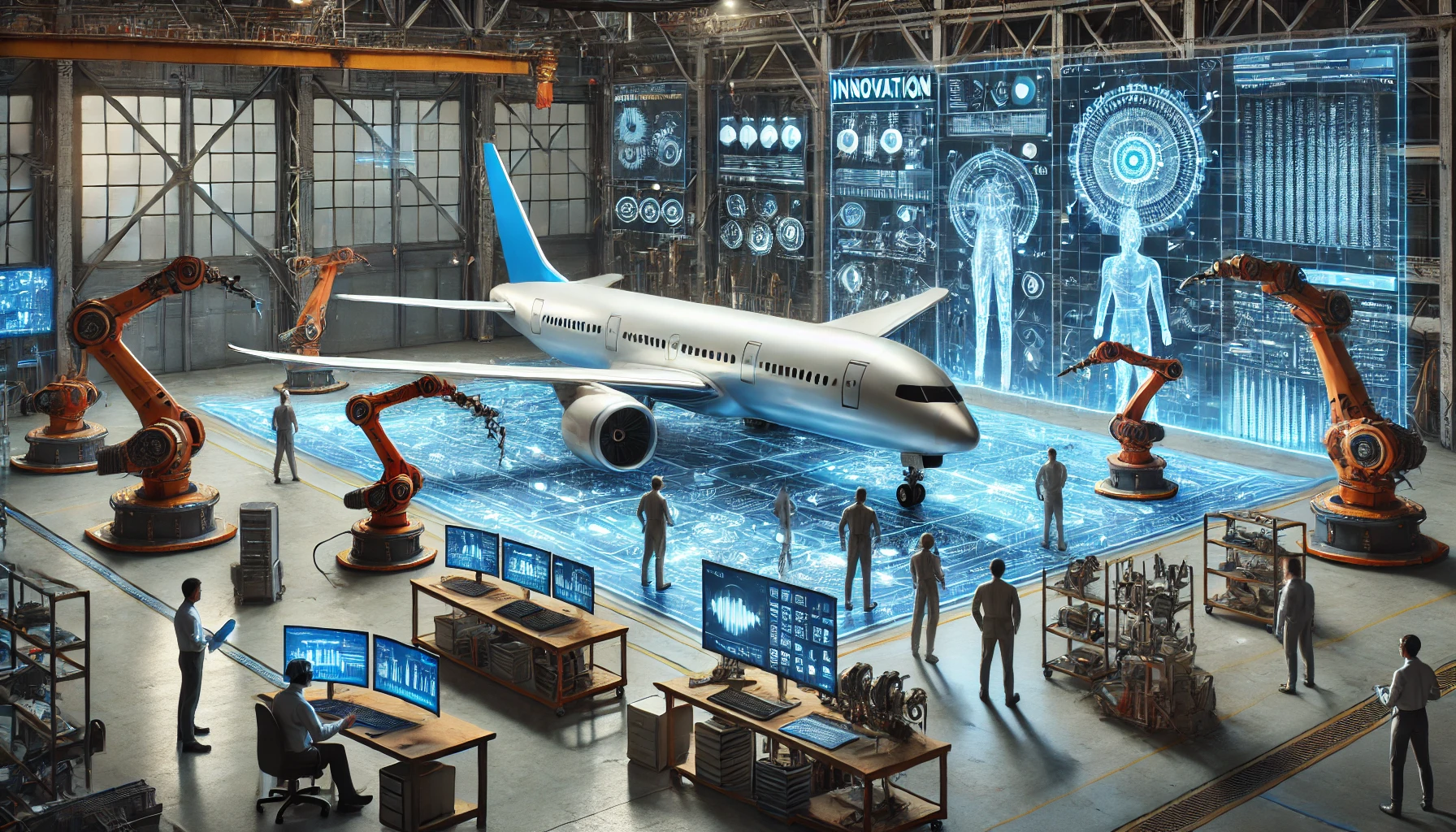10 High-Tech Aircraft Upgrades for Peak Performance
Upgrading an aircraft might significantly impact its performance. Such modifications boost speed, effectiveness, and safety. They address wear and tear and improve resale value. Improved engines give more power, while better wings make flying smoother. Upgraded landing gear makes landings safer and cuts upkeep costs. New safety systems increase flight security. Improvements in fuel systems target efficiency. Advanced avionics make aircraft easier to operate. Upgrades to cabin comfort make journeys better. Each increase serves to improve the entire flying experience.
10 Important Upgrades That Improve Aircraft Performance

Better Engine
For better aircraft performance, the engine is key. Opting for more powerful engines gives the aircraft extra thrust. It helps planes fly higher and quicker. Engine tweaks can also reduce fuel use. This savings doesn’t just save cash; it’s good for the environment too. Here, green flying becomes a goal. Better engines guarantee reliability, too. Pilots love this steadiness during flights. More power lets planes carry heavier loads easily. At the same time, better takeoff and landing are ensured. Overall, robust engine upgrades greatly improve flying ability.
Wing Improvements
Wings are vital for aircraft performance because they provide lift. Changing shape or adding winglets helps cut drag. This lets the plane fly faster with less fuel. Wings crafted for certain tasks improve handling and stability. For example, adjustable wings are beneficial for both fast and slow flights. Stronger wings boost safety by carrying bigger loads. Their robustness ensures they stand against wear and tear, too. This durability resonates well with many pilots. Altogether, wing advancements serve to increase lift, lower drag, and improve overall flight effectiveness.
Advanced Flight Controls
Upgraded flight controls give pilots more power over aircraft behavior. These systems raise the standard of safety and ease of usage. By making planes simpler to fly, they encourage better management during tricky situations. Better control feedback improves pilot input understanding—key for precise flying tasks. Improved digital controls reduce aircraft weight while increasing responsiveness.
More accurate control allows for better maneuverability, especially in advanced planes. This upgrade improves performance; it benefits both safety and effectiveness. Robust flight control systems are significant for each solid and effective flight.
Efficient Fuel Systems
Upgrades to fuel systems guarantee better aircraft performance through improved efficiency. These systems work hard to prevent fuel waste, making each drop count. Even though different fuels have varied prices, a focus on efficiency supports cheaper operating costs across the board. In addition to fuel efficiency, maintaining high-quality airplane parts is essential for overall performance and safety. With increased capacity, there’s room for longer flights or heavier loads; this flexibility is crucial. Reliable delivery, even under pressure, showcases strength. All these traits make planes with solid fuel systems better suited for regular flying and more appealing.
Cutting-Edge Avionics
For better aircraft performance, upgrades in avionics are critical. Advanced navigation systems help pilots find their way quickly and effectively. They cut down on time spent flying and save fuel by directing aircraft around bad weather and into less populated airspace. Improved communication makes it easier to interact with air traffic control, increasing safety and coordination. Better monitoring systems provide real-time data about aircraft status, improving decision-making. Together, these advancements increase safety, improve operational effectiveness, and position aircraft for the future.
Improved Safety Systems
For better aircraft performance, upgraded safety systems are crucial. New warning mechanisms alert pilots right away to possible problems, lowering the chance of accidents. Improved collision avoidance systems help keep planes at a safe distance from one another, increasing air travel safety. A better basic structure gives greater protection against dangers like turbulence or extreme weather. These adjustments raise flight security at every level—during takeoff, landing, and cruising alike. A plane loaded with robust safety systems gives passengers and crew greater confidence, making it a more appealing option for regular flying.
Advanced Landing Gear
Upgraded landing gear improves both performance and safety during landings and takeoffs. For rough runways, stronger landing gear offers better sturdiness and resilience. It cuts down on maintenance costs because of its improved durability. Furthermore, lighter landing gear helps increase an aircraft’s overall performance by reducing weight.
Better landing gear makes smooth landings and departures easier—an important factor for every airplane. These characteristics make advanced landing gear essential to guaranteeing effective operation and improved safety in both commercial and business aviation settings.
Enhanced Cabin Comfort
Improvements to aircraft interiors increase passenger pleasure and productivity during lengthy journeys. Quieter noise-cutting technologies ensure that the atmosphere is peaceful and comfortable in the cabin. Improved seating offers more room and support, which is really appreciated on long travels. Better temperature control systems maintain a constant atmosphere, making everyone feel comfortable regardless of the outside conditions. The upgraded layout provides more space for personal things, while increased entertainment options keep flyers amused or even working while airborne—these changes uniquely elevate the whole flying experience.
Upgrades to the Propeller
Upgrades to propellers are essential for improving takeoff performance and fuel efficiency in turboprop planes. More effective materials make lightweight yet robust propellers that increase thrust without putting on extra load. Greater pitch control gives pilots more control over how the plane takes off and climbs, which improves general handling—better-designed blades reduce drag, which improves speed and cuts down on fuel use. Improvements in noise reduction technology lessen the sound during flights, increasing comfort—all these characteristics make propeller upgrades crucial to effective aviation.
Better Engine Modifications
Aircraft performance rises when engine modifications are made since they boost output and beef up dependability. Turbocharging permits higher altitudes by giving more power; this is particularly useful in thin-air situations. Custom tuning optimizes engines for best efficiency according to certain requirements.
Better cooling systems prevent overheating during taxing use, which improves engine longevity and reliability. Upgraded exhausts facilitate breathing by lowering back pressure and increasing power output directly. These changes jointly increase general efficiency, making planes more responsive, dependable, and prepared for varied flying situations.
Conclusion
In conclusion, several upgrades can considerably boost aircraft performance. Improvements in engines, wings, and flight controls offer better stability and control. Updating fuel systems, avionics, and safety measures improves effectiveness and security. Advanced landing gear, together with upgrades to cabin comfort and propellers, guarantees smoother and more pleasant flights. Engine modifications increase responsiveness and dependability. These changes not only improve flying performance but also ensure the long-term viability and attractiveness of the aircraft in a setting where aviation demands are always evolving.




